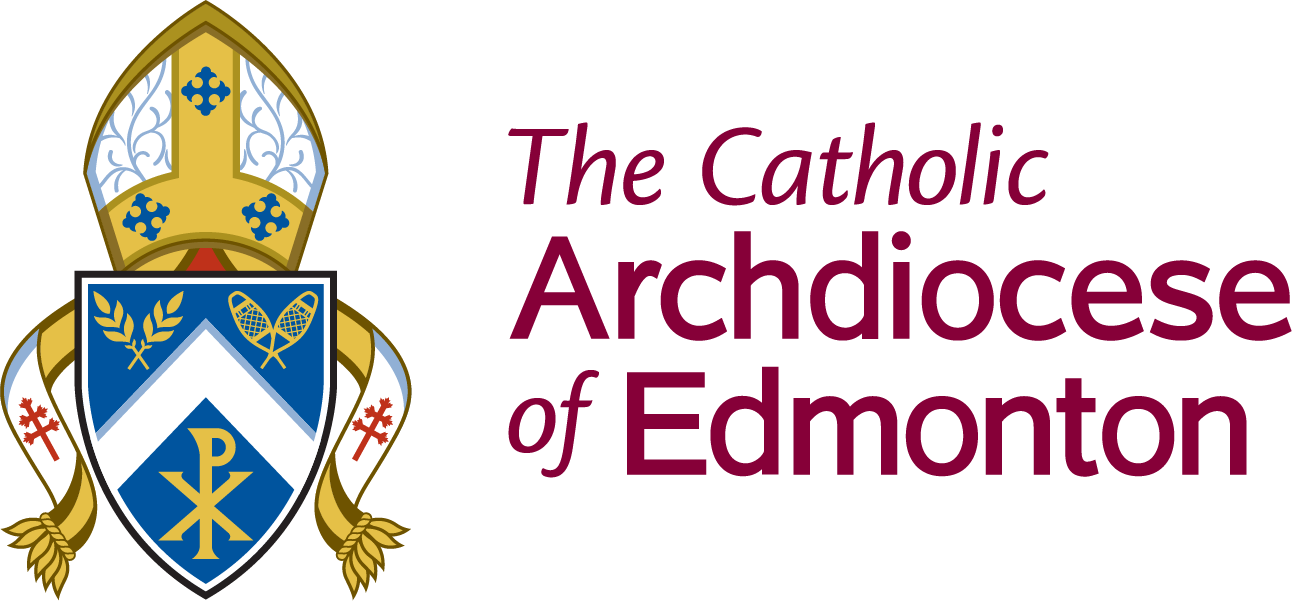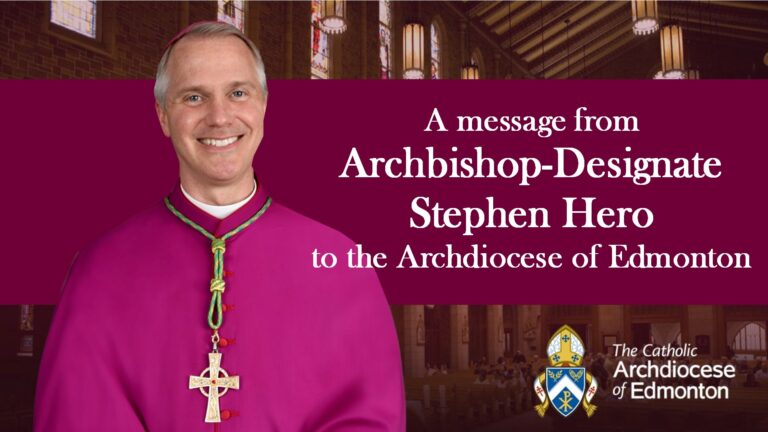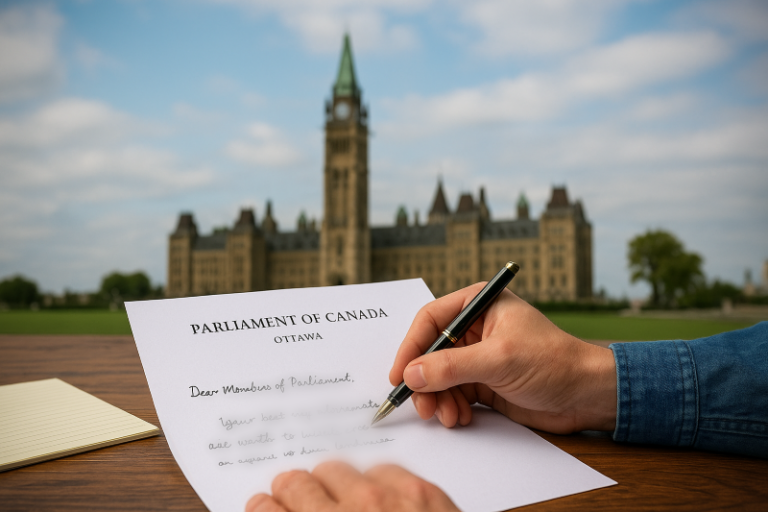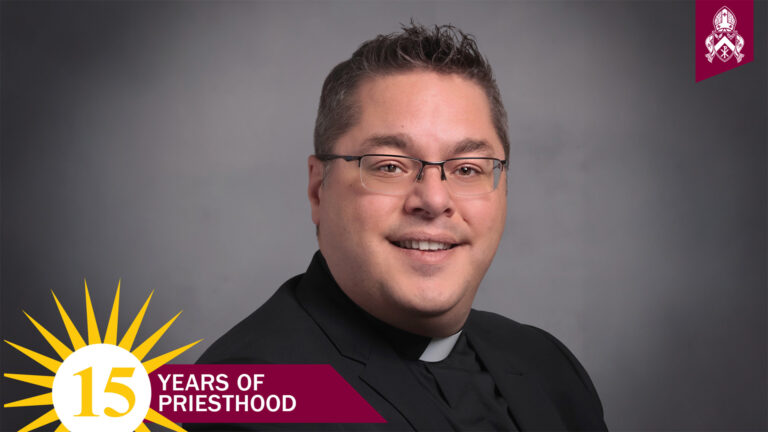As we look forward to a new year, we close 2020 – a year of tremendous challenge and change.
The COVID-19 pandemic affected almost every aspect of our lives, from the way we live, work and play to how we worship. It was also a year that presented other challenges. But in the midst of all of that, there’s always hope.
In his annual interview, Edmonton Archbishop Richard Smith takes a look at where we’ve been, how we’re doing, and the way forward. The interview has been edited for length.
This was the year dominated by the COVID-19 virus and effects. Several vaccines will be available soon. The bishops of Alberta and the Northwest Territories said morally it is OK to take the vaccines – with conditions. Can you explain that?
I wouldn’t want to let this moment to pass without acknowledging that the greatest challenges of all – in this past year – are those that have been faced by people who actually come down with the disease, those faced by people whose loved ones died because of it, and then the extraordinary stress and pressure that was placed on health-care workers in order to care for everybody else. Let’s not forget where the key pressure was, and with respect to those in health care, hold them in our gratitude.
Vaccine development and a whole lot of medical developments in the bio-pharmaceutical industry will make use of cell lines that derive from historic abortions, abortions that go back maybe 60 years or so.
We have to grapple with this reality and understand it, at the same time recognize that also part of our Catholic teaching – again related to our pro-life stance – is to be alert to the needs of the common good and doing our part to mitigate any damaging, dangerous situations to people’s health such as what we’re having now in the pandemic.
Will you receive the COVID-19 vaccine once it’s made available?
I will. Now I’m going to ask and make sure – to the degree that I can – that it’s one the morally acceptable vaccines and those seem to be on offer.
The COVID-19 restrictions affected our churches and the way we celebrate Mass. It’s caused a certain amount of stress.
The first thing that I’d want to say is how painful it was for me as a bishop – and I’m sure bishops everywhere would say this – just how painful it was to have to place any kind of restrictions on the celebration our liturgies, especially that of the Eucharist. That’s a decision that we obviously did not take lightly, and could not take lightly, but we recognize it was necessary at the time.
In all of that we kept asking ourselves: How do we work within what is possible, given the need to be protecting everybody, and still have celebrations that are worthy, that are dignified, that reflect the beauty, the mystery, the wonder of the Eucharist? I don’t think anyone would say that what we did perfectly achieved all of that. The restrictions were just so constraining. I do think it’s fair to say we did our absolute best.
Do you think livestreaming of Mass will continue after the pandemic and is there a concern that people may watch a screen instead of attending Mass in person?
That’s going to be something that we’ll have to monitor. It’s a concern I’ve heard voiced by many, many people. Are the people going to get so comfortable, that they may not come back? I hope and pray not.
We’re missing being able to greet people, to greet one another as we come into the church, as we’re leaving the church, to share that Sign of Peace, to see one another receiving the Body of Christ and in this way actually looking and seeing for ourselves how we’re being united by this.
At the same time though, I think there’s a great gift in this ability to livestream because we’re reaching out and we’re connecting with people that perhaps before now we haven’t been able to connect with … We can’t let go of that. I think we need to find a way to continue that.
How do we carry all of that forward, at the same time continue to encourage people, that the intended, desired way to celebrate the Eucharist is physically present in the church?
What are some stories of hope from 2020?
There are stories and there are images. Very powerful images. One of the ones that instantly springs to mind is that which was broadcast across the globe back in March, early on, when the world was almost in complete lockdown. That’s when Pope Francis himself, was basically alone in St. Peter’s Square – a dark, wet, rainy St. Peter’s Square. It exemplified beautifully the gloom that was coming over the whole globe because of this pandemic.
In the midst of this there was a light. There was a light on him as he spoke to the people, as he brought God’s word to the people. And then emerging out of that light, at one point he was holding the monstrance with the Blessed Sacrament, and through that blessed the world. That was such a powerful image of light shining in the darkness.
There are also a few here locally, too, that jump out at me. I’m just thinking of the ways that people rallied not to forget those who were disadvantaged.
I joined the trustees of the Edmonton Catholic school board because, as you know, in the course of the regular school year there are some disadvantaged children and the school board rallies to make sure they have meals. How are we going to do that when we’re not going to school? So we all got together and filled hampers and there was this very, very well organized distribution system to make sure the people who needed the food got it.
And then not too long ago, in partnership with Sacred Heart Church of the First Peoples – as well as the parish in St. Albert – again people rallied, filled hampers, filled boxes to make sure the people who are in need would get the help that they needed.
Add to that, of course, the constant images of the immense, immense sacrifice exercised by all our teachers in our schools, our health-care workers, those in social services trying to help recently arrived refugees navigate the whole system as they’re coming into the country in the midst of a pandemic – just that sense of solidarity and mutual support that was really animating people’s hearts and getting them to move to reach out and help others. That was, for me, was just a tremendous sign of hope in all of this.
Nationally, Canada’s bishops have spoken out about Bill C6, a bill to ban conversion therapy, and Bill C7, which would expand access to Medical Assistance in Dying. Can you comment on the Church’s role in affecting change?
On Bill C6, what we’re concerned about was that the definitions were so broad and vague, that without further precision and specification, we could find ourselves in a situation where the Church, professionals, even family members might find themselves prosecuted for breaking the law simply for handing on the faith of the Church as it pertains to human sexuality.
On Bill C7, the one that advances access to assisted suicide and euthanasia, the Church has been clear from the outset, that we are adamantly opposed to these practices in principle. They are attacks on the dignity of every human life and they must be resisted.
As the government seems to move forward at rather breakneck speed on this, the Church is saying ‘Wait a minute. Hit pause. Let’s make sure we have a broad, societal consultation’ as had been promised early on with this legislation.
What really can make a difference is if someone handwrites a letter, sends an email, picks up the phone, knocks on the door of the constituency office. That’s what signals to the elected official that this person is really, really serious and feels deeply and passionately about the issue.
This year, the Archdiocese of Vancouver became the only Canadian diocese, so far, to publish its list of credibly accused priests. Is there a timeline for the Edmonton Archdiocese to do the same?
Each diocese has to look at its own circumstances. We’ve been looking at that for a little while, here in Edmonton. We’ve got to balance a lot of things. There’s that need to be open and transparent. I’m committed to that for sure.
But that has to get balanced with privacy laws. It also has to get balanced with some of the things that we have heard, as we examine this, from some victims who are not all that quick to encourage us to publish names. From some people we’ve heard ‘Please don’t to this because it re-victimizes us all over again’. We’re weighing all of that and trying to find a balance to find the best way to deal with this issue.
As we go into 2021, what do you see as the biggest challenges?
I think the biggest challenge would be that we actually make concrete the lessons that we’ve learned from the pandemic. We’ve been learning a lot of important lessons about the importance of family, the necessity of living out of human solidarity, taking greater care and giving more respect to our elders – especially those that are in long-term care homes – realizing that many of the things we thought were important, that were our crutches in life, really aren’t all that important at all. And we’re rediscovering the importance of faith and the centrality of God in our lives.
As we move out of the pandemic, there could be a strong temptation to forget all of that and not to learn those lessons. So how do we keep those lessons in our minds, and make the changes effective and concrete that we’ve been saying all along that we need to be making?
For the Church, I think what we need to do is to find ever-new, and more effective, ways of proclaiming the Gospel. There are so many different competing voices and messages and words out there, that are leading people in all kinds of different directions – often unhealthy ones. I worry especially about our young people.
We just know that there’s one word and one voice that we really do need to be attentive to, and that’s the voice of Christ proclaimed in the Gospels echoing through the tradition of the Church. How do we make that more accessible to people so that they hear it, receive it, are transformed by it and find in it the joy that only the Gospel can give? That’s the challenge that I would want to see us take up more and more, and more deliberately, as we move into 2021.



